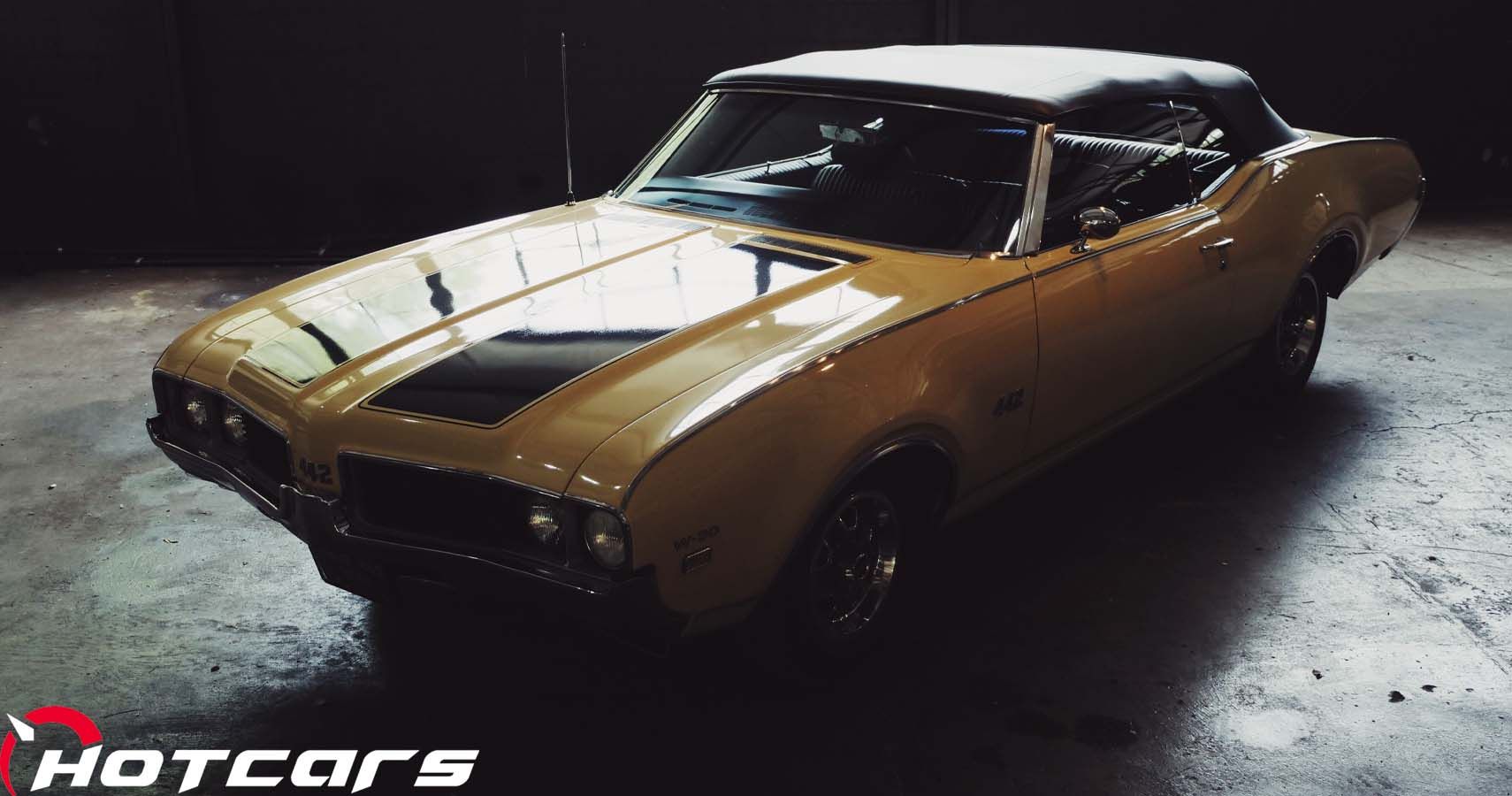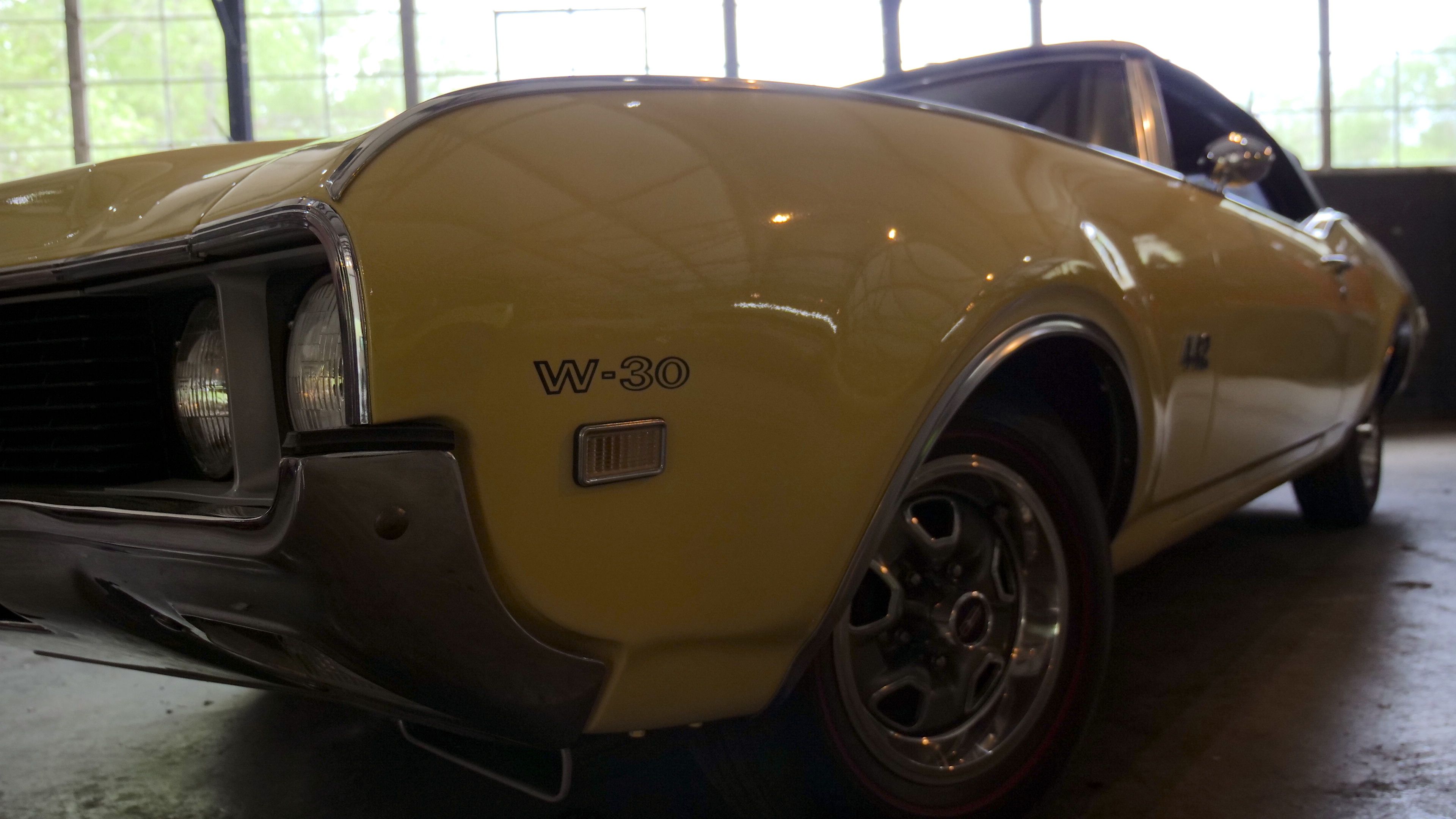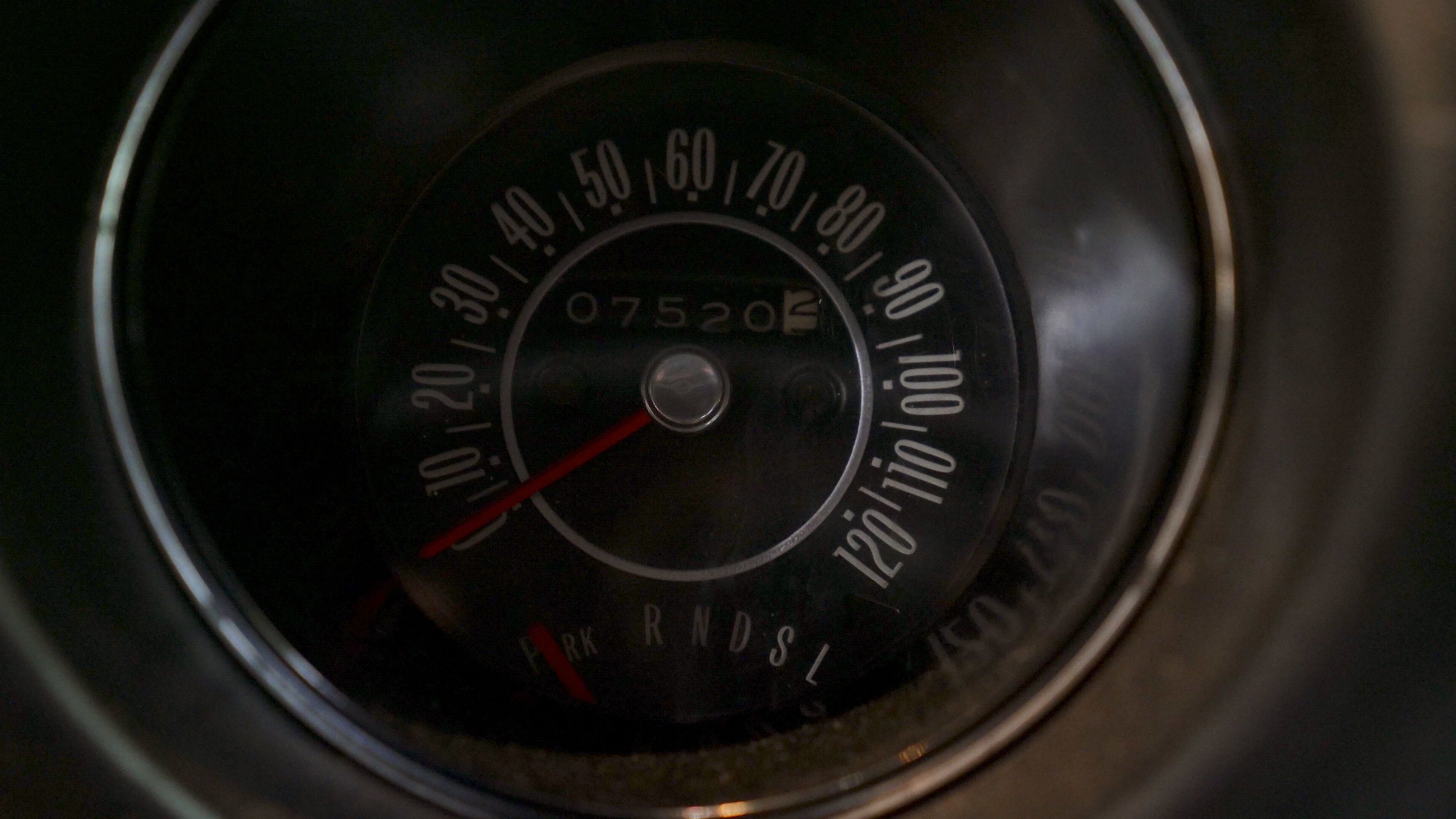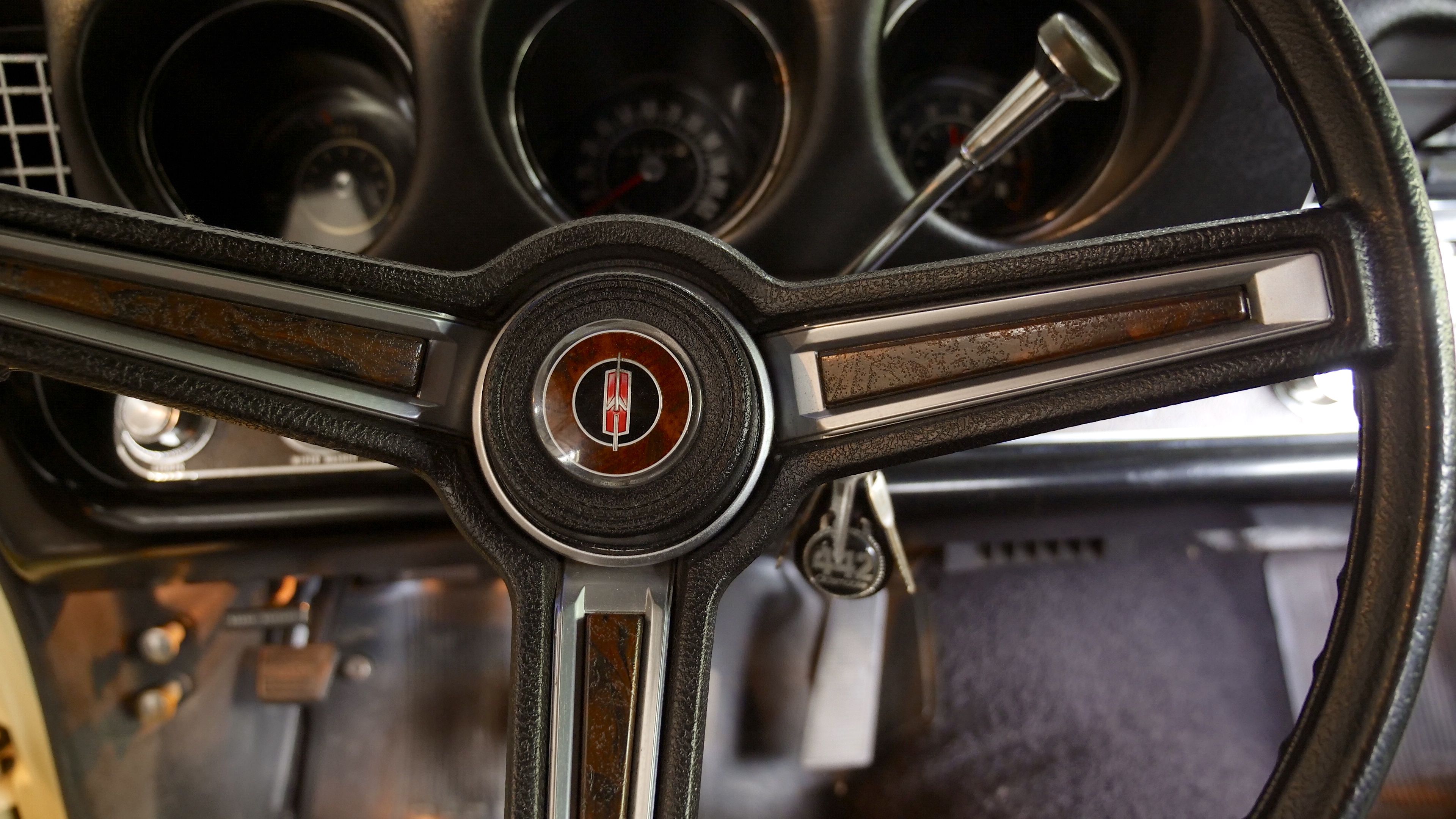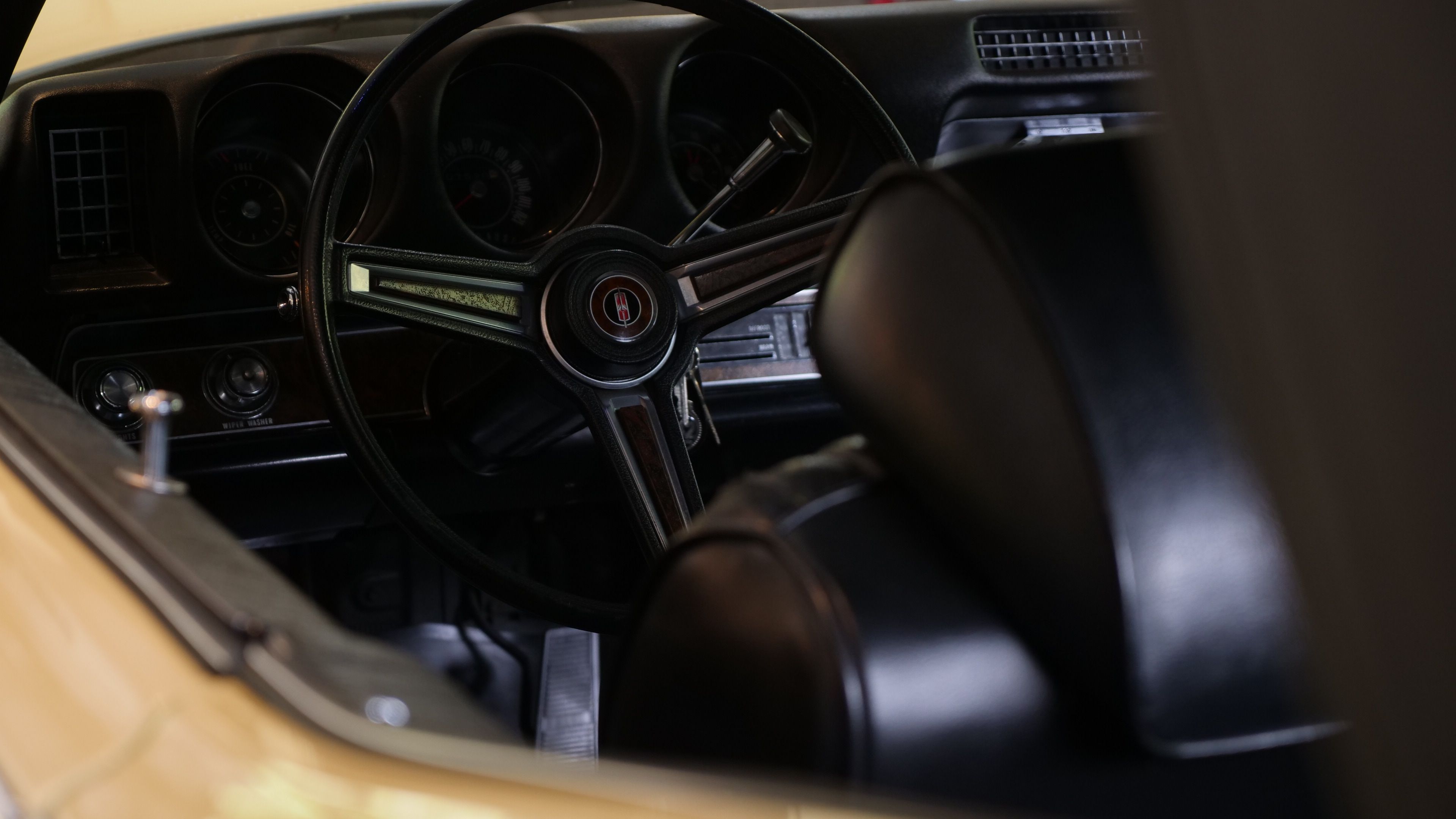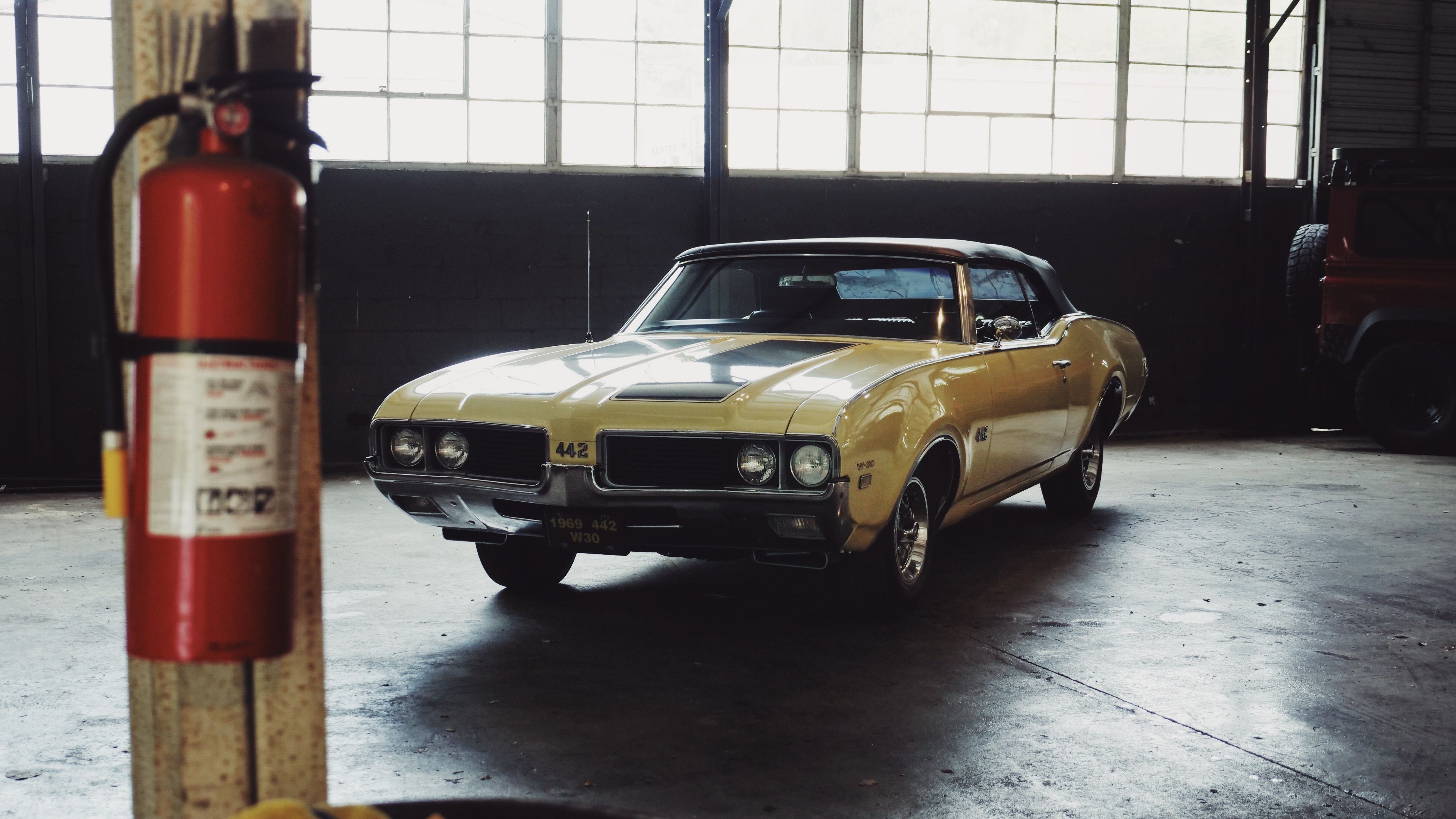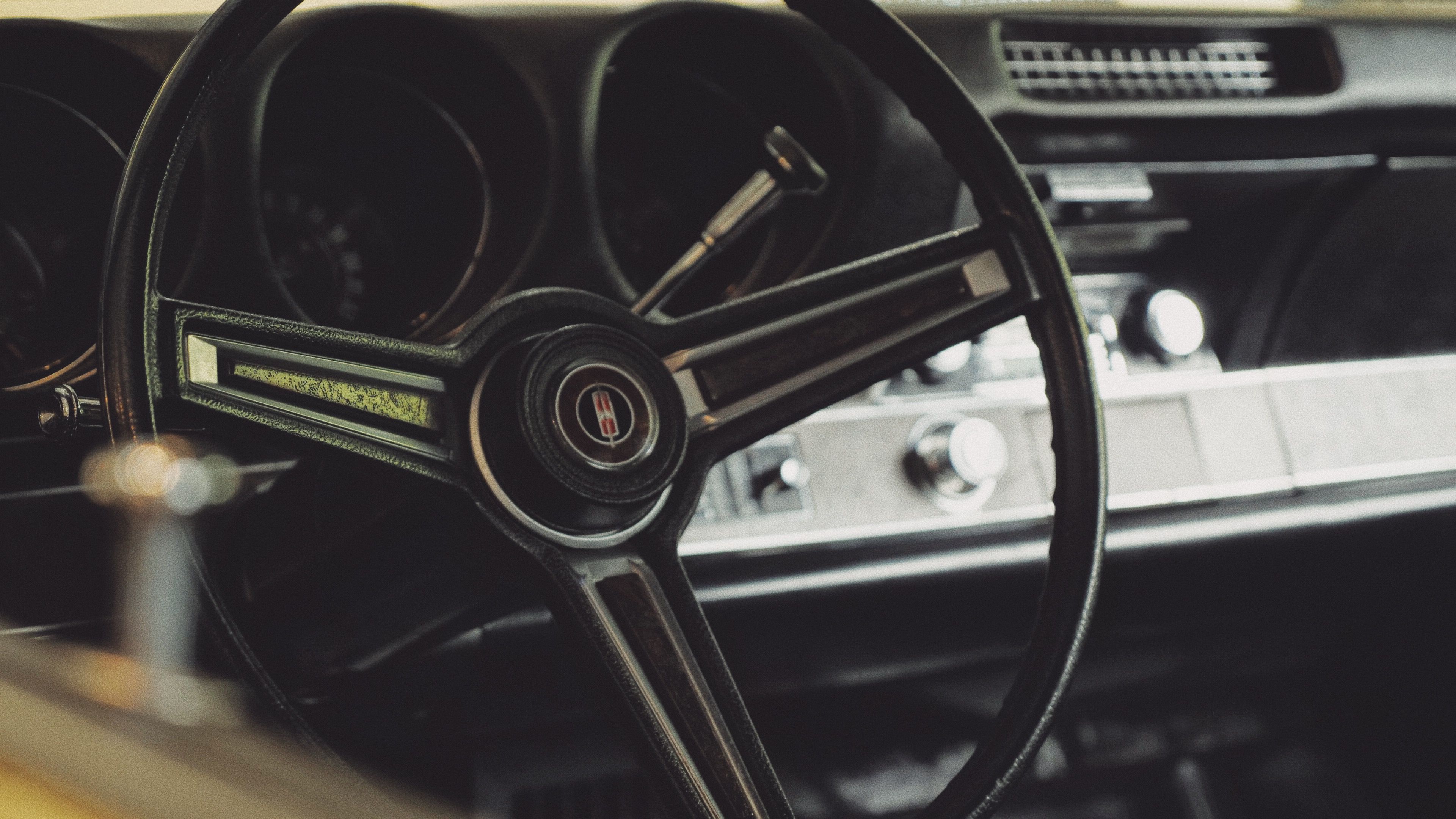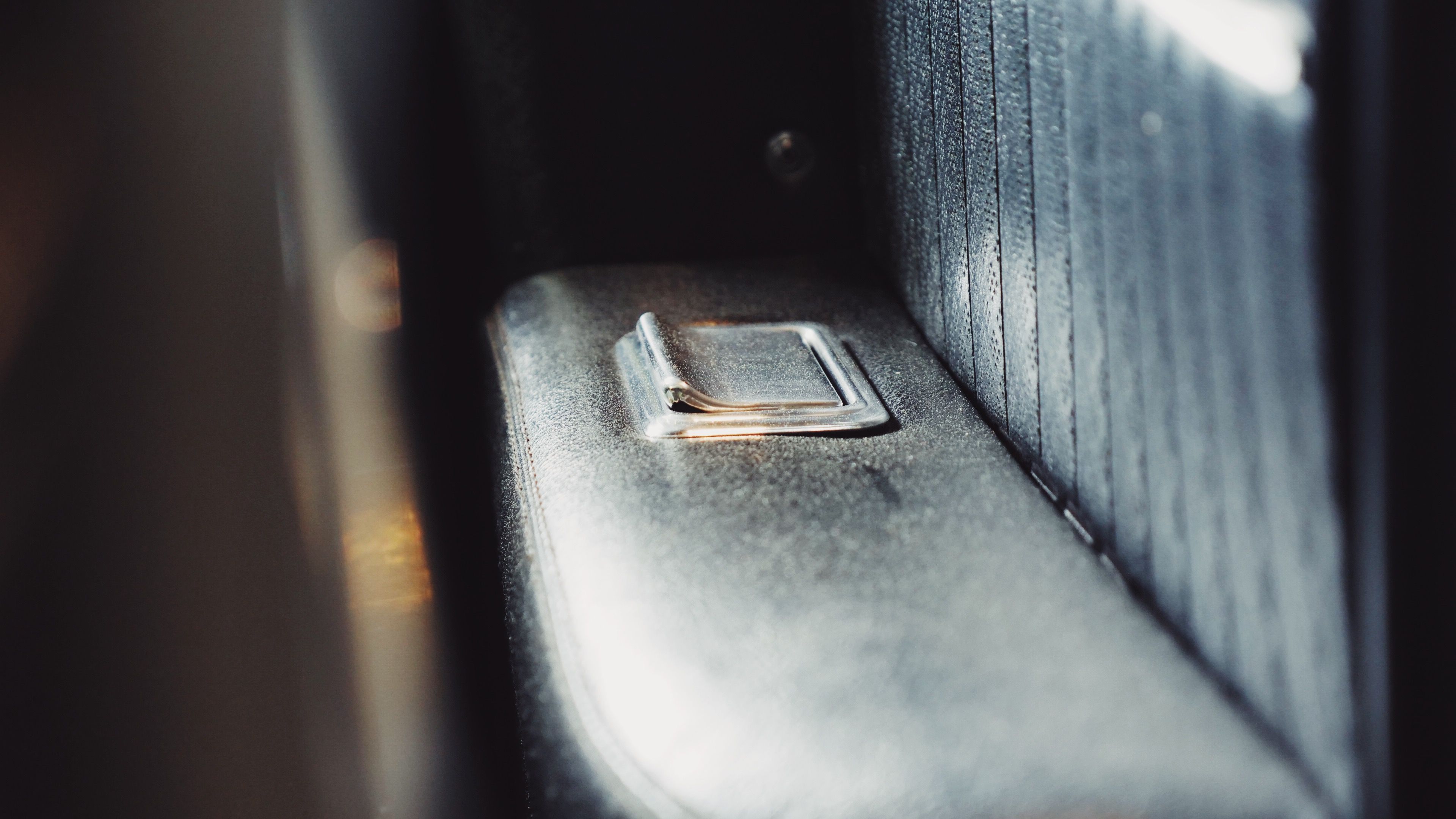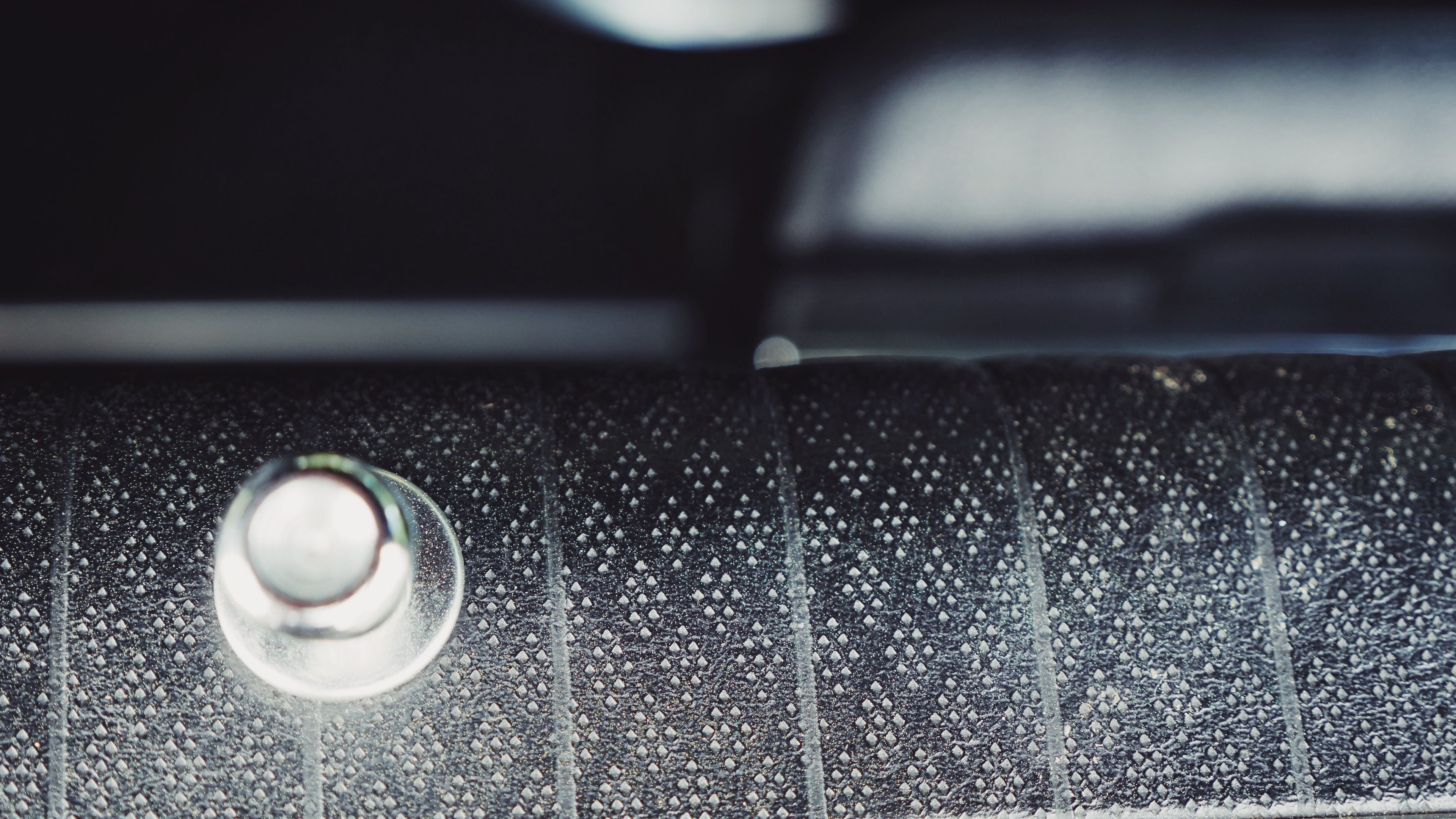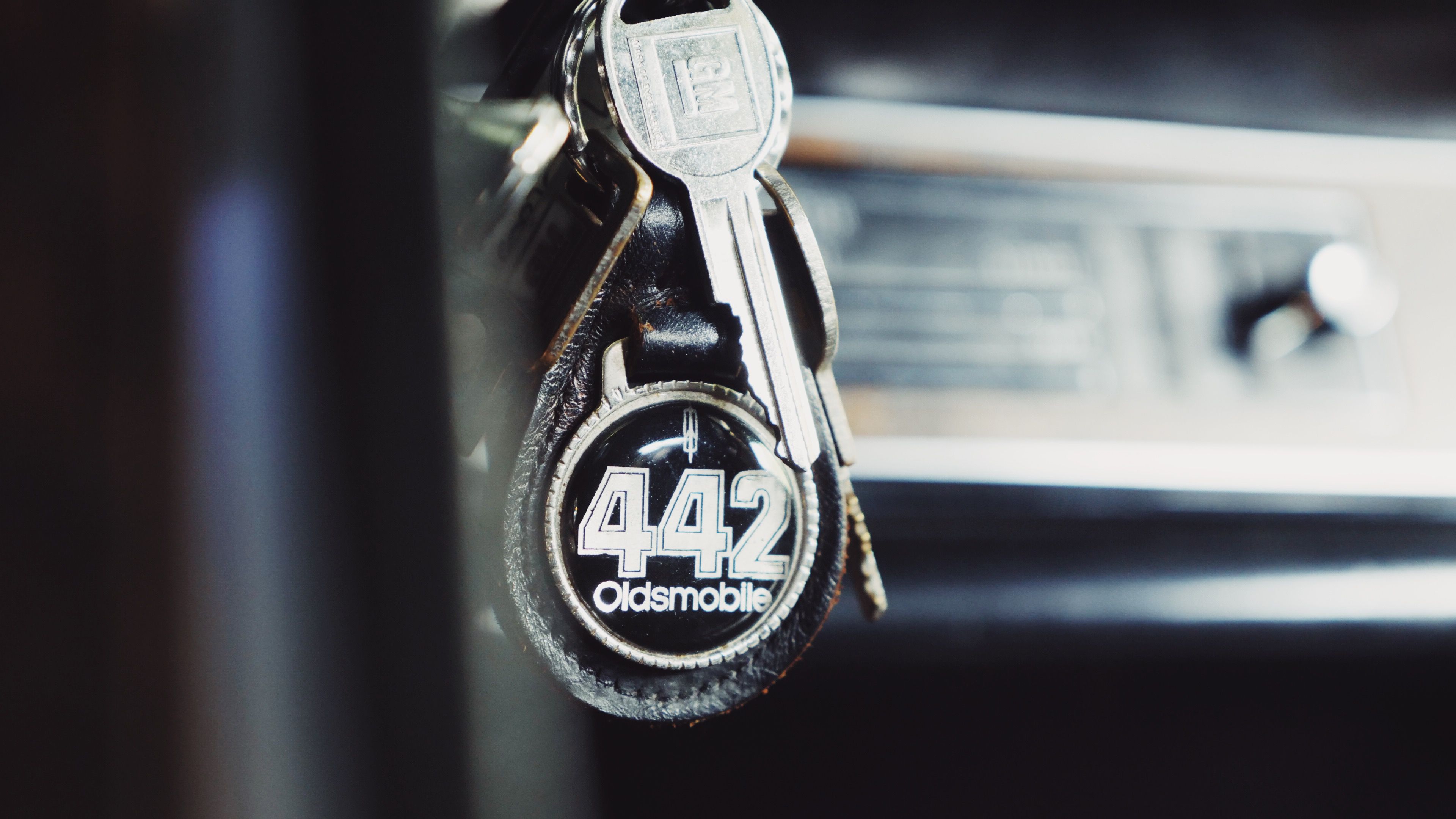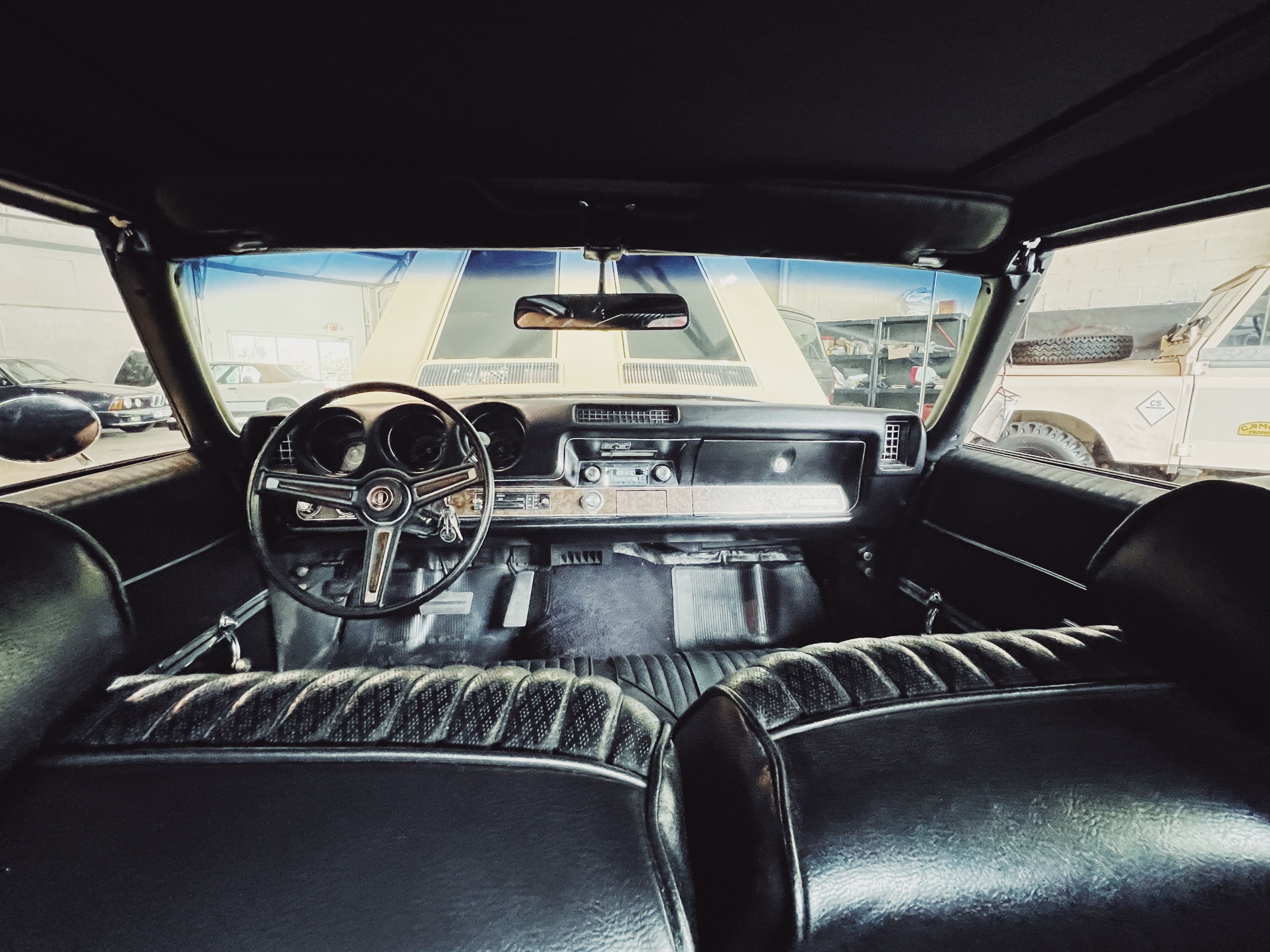The American muscle car in the 1960s was as iconic as hip-hop in the '90s or synthesizers in the '80s. Of course, the history of the muscle car explosion is fascinating and complex, but essentially, there was a horsepower arms race between GM, Ford, and Chrysler with each one pushing the limit on speed and spawning some of the greatest nameplates still in existence: Mustang, Corvette, Challenger and Camaro. It was from that muscle car mentality that the Oldsmobile 442 was born.
The 442 ran from 1964 to 1987 with the 442 nomenclature initially standing for 4-barrel carburetor, 4-speed manual transmission and dual (2) exhaust. The '60s and '70s were, of course, the heyday for wide, long and loud cars that didn’t need to appeal to buyers on fuel economy or safety but simply deliver on boisterous bravado. The 1969 Oldsmobile 442 was perfectly aligned with this ethos and the W-30 performance package which added cold air induction pushed it even further.
A little hunting for this gem and we found one at Motorcar Studio in Atlanta in remarkable shape thanks to a frame-off restoration in the '90s. We jumped at the chance to get behind this wheel of this 360-hp Saffron Yellow classic car.
1969 Oldsmobile 442 W30
- W30 Force Air package
- 360 hp V8
- Turbo-Hydramatic 400 automatic transmission
- Engine/Motor: 6.5L V8
- Horsepower: 360 hp
- Torque: 400 lb-ft
- Drivetrain: RWD
- Transmission: 3-speed automatic
- Strong V8
- Gorgeous
- Rare
- Floaty steering
- Drum brakes
First Impressions: This 1969 Oldsmobile 442 is Black, Yellow, and Chromey
When walking up to the Saffron Yellow 442 W-30 it is overwhelming. The size and visual weight as well as the gorgeous detail on this muscle car stand out. Also significant is the amount of chrome on the 442. The whole car seems like a designer penned the silhouette, showed it to his cigar-chomping boss who took one look and said, “needs more chrome.” It's everywhere: the front bumper, the grill, the headlight frames, the wheel arches, a-pillar, mirrors, door handles, the trunk, and rear bumper. Yet, unlike many modern cars that can easily overdue the silver shiny stuff, it doesn’t feel gaudy or flashy; it just fits.
The sculpted hood, the large black stripes, and the flowing lines set this car apart. The design is both lavish and sporty with the aggressive grill as well as flared wheel wells. This design balance puts the 442 somewhere between luxury cruiser and pure sports car. It's the type of vehicle that turns heads before it's even turned on.
The 442's Interior Is A Beautiful Time Capsule
This restored Olds 442 is a time capsule. We opened the long heavy doors and it reminded us of a time when fuel-saving materials didn't even factor into the engineering handbook. Similarly, the large cushy perforated black vinyl bench seat, minimalist dash, and rear seat ashtrays instantly took us back to 1969.
Another noticeable contrast from modern cars to the Olds was the large diameter ultra-thin three-spoke steering wheel and turn signal stalk. These functional pieces of art were reminiscent of a time before major safety regulations, airbags, and the idea of compact packaging were necessary. They were beautiful; and also they felt like they would snap off given a slight amount of pressure.
Once seated on the perforated black vinyl bench seat and clicking in the lap belt we noticed the beautiful dashboard with three instruments: fuel, speed, and tach. The latter had a smartly-designed integrated clock. Clearly this gorgeous 1969 Olds 442 W30 summed up engineering philosophy in the muscle car era: give them a black vinyl sofa for a front seat, glue it to a missile and add the largest, thinnest wood circle as a steering wheel.
Driving The 1969 442 W-30
We grabbed the "442" key ring, found the small key and cranked up the 360-hp 400 cubic-inch V8 which brought to life a rumble and a hum reminiscent of early days around a NASCAR track. Before we took off, Chris from the shop cautioned us emphatically about the drum brakes. This old-school tech needed some extra space to bring the car to a full halt. With that in mind, we took the Olds out to some backroads in the Atlanta area.
The power of the V8 in coordination with the Turbo-Hydramatic 400 transmission (GM’s favored automatic transmission with three forward gears and one reverse) brought a gradual wave of power like a heavy W12 Bentley. Within a few seconds of building up momentum, however, the 442 flexed its American muscle down the straights while the raucous engine woke neighbors with every small movement of the accelerator. Unfortunately, the need for early braking before corners (drum brakes!) and lack of power steering reduced our opportunities for rocketing too long.
No question, we fought the car around corners and looked for very early braking zones. It was a lot to handle. The car was floaty and the play in the steering wheel was laughably loose. It took some time to adjust. We found our groove and after a few minutes, the appeal of these cruisers became clear. Short, twisty roads are not where the Olds wanted to be. It’s much more at home rolling down long stretches of two-lane highways out for a Sunday stroll.
Final Impressions And Takeaways Of Driving the Oldsmobile 442
Like music and fashion, the cars of different eras speak loudly for the people of those eras as well. The late '60s and early '70s were a pivotal point for big change in America. Moving from the free-loving wildflower spirit of the '60s into a more serious gas crisis in 1973 had a major impact on automotive design. The size and power of these heavy horsepower champions were eschewed for better fuel economy and reliability. This ushered in smaller cars, smaller engines and lighter materials.
I've been to countless car meetups, Cars & Coffee and SEMA events and the 442 always holds a crowd. Being able to actually get behind the wheel of one was special for the sound, the feel, and the time-traveling experience. It left me more appreciative of where we have come from and where we are going in the automotive world.

